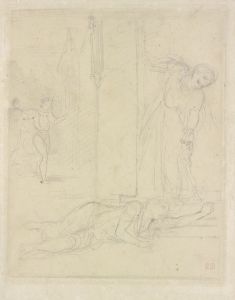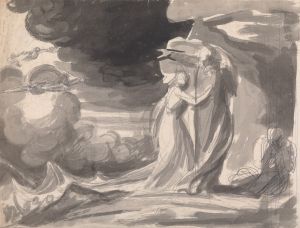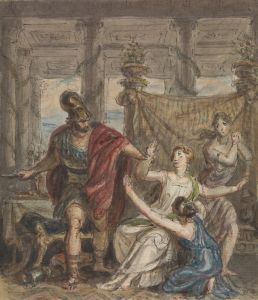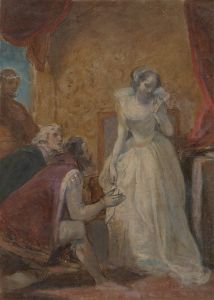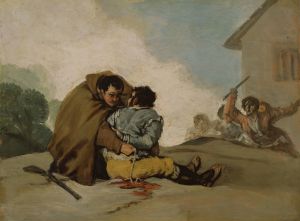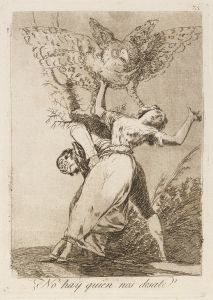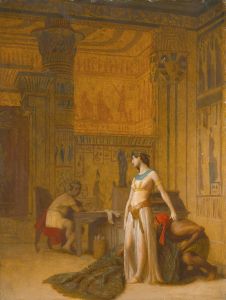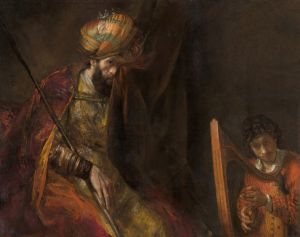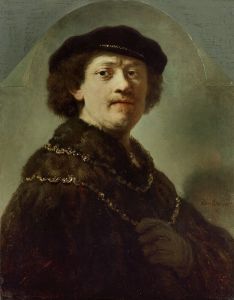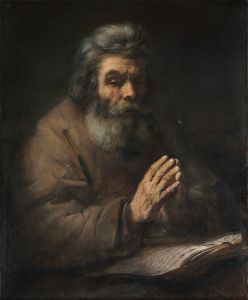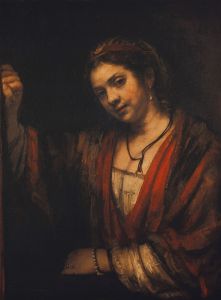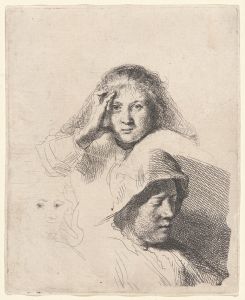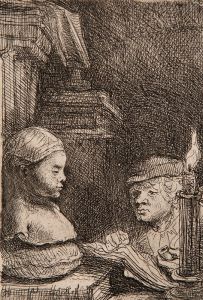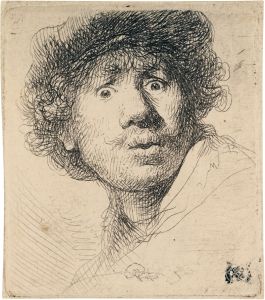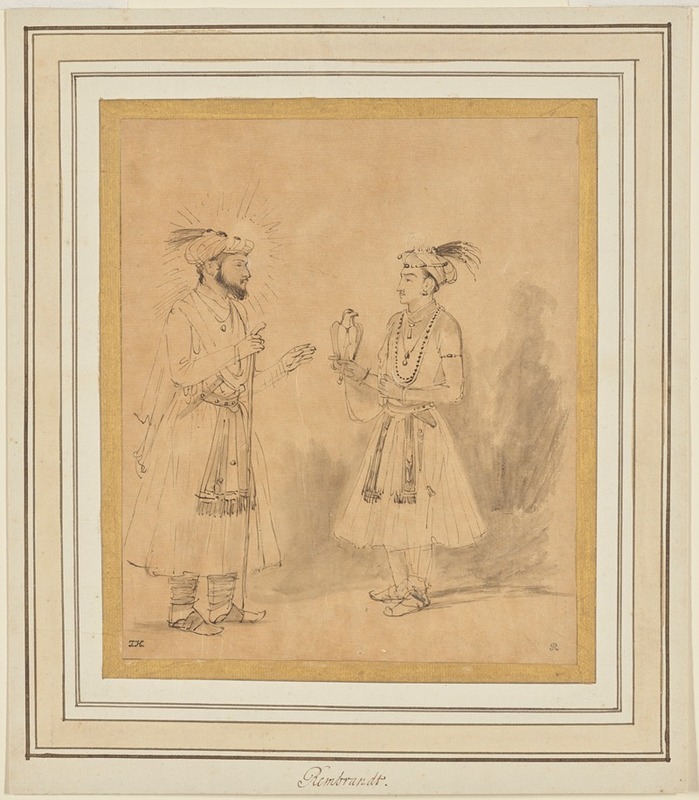
Shah Jahan and Dara Shikoh
A hand-painted replica of Rembrandt van Rijn’s masterpiece Shah Jahan and Dara Shikoh, meticulously crafted by professional artists to capture the true essence of the original. Each piece is created with museum-quality canvas and rare mineral pigments, carefully painted by experienced artists with delicate brushstrokes and rich, layered colors to perfectly recreate the texture of the original artwork. Unlike machine-printed reproductions, this hand-painted version brings the painting to life, infused with the artist’s emotions and skill in every stroke. Whether for personal collection or home decoration, it instantly elevates the artistic atmosphere of any space.
"Shah Jahan and Dara Shikoh" is a drawing attributed to the Dutch artist Rembrandt van Rijn, created around 1656–1661. This artwork is part of a series of studies by Rembrandt that depict Mughal emperors and courtiers, inspired by miniature paintings from the Mughal Empire in India. The drawing is executed in pen and brown ink with careful attention to detail, showcasing Rembrandt's fascination with the exotic and opulent imagery of the Mughal court.
The artwork portrays Shah Jahan, the fifth Mughal emperor, who is best known for commissioning the Taj Mahal, and his eldest son Dara Shikoh, a prominent Mughal prince and scholar. Shah Jahan ruled from 1628 to 1658, and Dara Shikoh was his heir apparent until he was defeated and executed by his younger brother Aurangzeb in 1659. The drawing reflects Rembrandt's interest in the cultural and artistic traditions of the Mughal Empire, which he likely encountered through imported Mughal miniatures that were circulating in Europe during the 17th century.
Rembrandt's depiction of Shah Jahan and Dara Shikoh demonstrates his ability to adapt his style to capture the intricate details and rich textures characteristic of Mughal art. While the figures are rendered with a sense of individuality and dignity, the drawing also reveals Rembrandt's interpretation of the Mughal aesthetic through a European lens. This work is part of a broader series of Mughal-inspired drawings by Rembrandt, which includes depictions of other Mughal rulers and courtiers.
The drawing is currently housed in the British Museum in London, where it is part of the museum's extensive collection of works on paper. It is considered an important example of cross-cultural artistic exchange during the 17th century, reflecting the global reach of Mughal art and its influence on European artists like Rembrandt.
This artwork is significant not only for its artistic merit but also for its historical context, as it highlights the fascination with and appreciation of non-European cultures in the Dutch Golden Age. Rembrandt's engagement with Mughal themes underscores his curiosity and openness to exploring diverse artistic traditions, making this drawing a unique testament to the interconnectedness of the early modern world.





